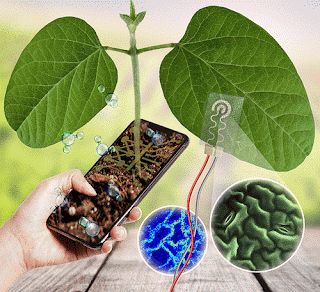Meet Loona - The most Intelligent Petbot

Loona, a heartwarming robotic pet developed by KEYi Technology. Through advanced technology, animation design, emotional interaction model, and artificial intelligence, Loona functions with realistic pet behaviors and motion performances. Loona includes a range of entertaining games and additional features, along with a cute approachable design for children. Furthermore, with its 3D ToF (time-of-flight) camera, Loona can roam freely using four-wheel and two-wheel motions through its proprietary self-balancing design. Additionally, Loona features a high-performance CPU processor, allowing the chip to perform 54 trillion neural network convolution calculations per second, equating to one-quarter of PC's calculation capability, which is rarely seen in consumer robotics. Loona is one of very few consumer robotic pets on the market offering a wide range of capabilities, functionalities, and companionship, allowing consumers to playfully interact, learn, and communicate through mo...




